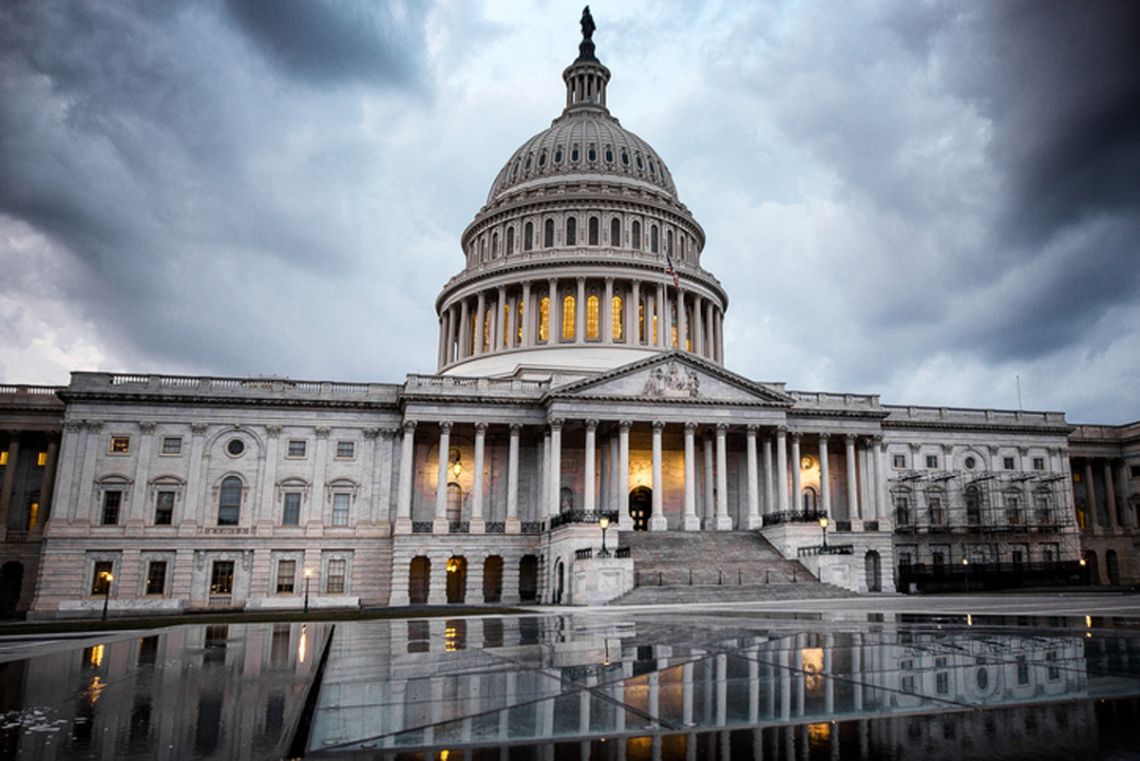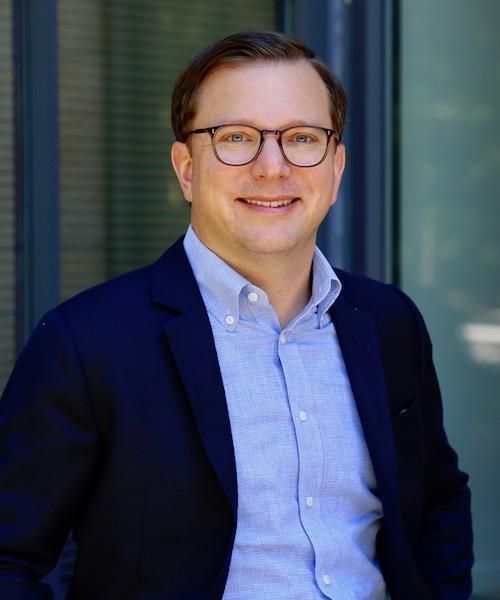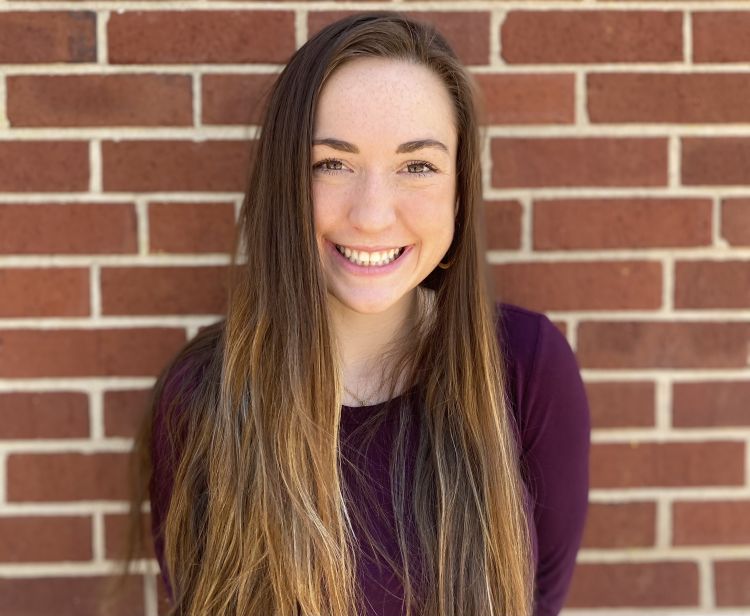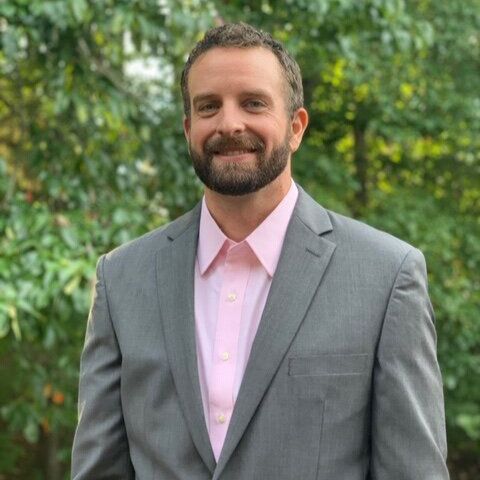How to Mend American Democracy? Here’s What Public Policy Students Recommend
Duke students propose solutions for polarization, campaign finance, voting and election integrity

The upcoming midterm elections, the first nationwide elections since an unsettling presidential election in 2020, represent a chance for Americans to reflect on the state of American democracy – and vote accordingly.
So how do we ensure our government and its elected officials represent the will of the people? What could move American democracy closer toward its founding ideals? That’s what Asher Hildebrand, an associate professor of the practice at Duke’s Sanford School of Public Policy, asked graduate and undergraduate students to examine during his “American Democracy at a Crossroads” seminar.
we ensure our government and its elected officials represent the will of the people? What could move American democracy closer toward its founding ideals? That’s what Asher Hildebrand, an associate professor of the practice at Duke’s Sanford School of Public Policy, asked graduate and undergraduate students to examine during his “American Democracy at a Crossroads” seminar.
“The state of politics right now can seem overwhelming and almost paralyzing,” Hildebrand said. “Our goal was not optimism or pessimism, but realism: What steps can we take today to begin addressing the challenges we face?”
The seminar looked at where American democracy currently struggles, and for each issue discussed in the course, students identified causes and debated potential solutions. They also engaged with other public policy and political science experts from across Duke, including John Aldrich, Deondra Rose, Nicholas Carnes and Damon Circosta.
In the end, the students created 15 individual proposals for reform. Here are four of those student proposals.
The Spread of Misinformation on Social Media
Mona Zahir, MPP ’23, worked at Meta/Facebook for several years before beginning her master’s program at Duke. During that time, she worked on content enforcement at the company throughout the 2020 presidential election.
“I saw political chaos that would come from online content and then result in real-world harm,” Zahir said. “The proliferation of misinformation and polarization created so much doubt.”
 Zahir became more interested in ways in which public and private sector can work together, and wrote her proposal, in part, about how the government can create incentives for social media companies to do the right thing.
Zahir became more interested in ways in which public and private sector can work together, and wrote her proposal, in part, about how the government can create incentives for social media companies to do the right thing.
The federal government could add a privacy bureau to the Federal Trade Commission, Zahir said, which could monitor and penalize platforms profiting from algorithms that maximize harmful engagement. Her proposal also included solutions that could be implemented by social media companies, including limits to automatic resharing and fact-checking labels.
Platforms should provide more transparency about their algorithms to the public, Zahir said, allowing social media users to adopt practices to protect themselves from misinformation. For example, social media algorithms work to keep people engaged, and research suggests users tend to be attracted to negative content.
“Because policies and regulation are often slow, if we want to create a healthier ecosystem online, I think the very first thing users can do is to not engage with that negative content,” Zahir said. “There’s a level of deciding what you want to be engaged in.”
Public Funds to Match Small Campaign Contributions
Because federal campaign finance is so heavily influenced by large contributions, Sarah Thomas, BA ’22, proposed publicly funded campaign financing to close the disparity between large and small donors.
“Because the wealthy can have a greater say during campaigns, policy outcomes are much more responsive to the wealthy,” Thomas said. “Public financing gives a chance for smaller, more local campaigns to gain more money and become more competitive.”
 A system for public financing of presidential campaigns provides matching public funds to candidates who agree to decline corporate contributions. The program matches $1 for every $1 from small, private contributions. But the cost of elections has grown, Thomas points out, and candidates who don’t opt in and campaign without the restrictions have a financial advantage.
A system for public financing of presidential campaigns provides matching public funds to candidates who agree to decline corporate contributions. The program matches $1 for every $1 from small, private contributions. But the cost of elections has grown, Thomas points out, and candidates who don’t opt in and campaign without the restrictions have a financial advantage.
Thomas’s proposal would increase the matching rate to $6 for every $1 of individual donations up to $200 would help close the gap. To eliminate additional burden on taxpayers, she proposed use of criminal surcharges on white collar crime.
“For a program such as this, the public largely supports taking money from corporations rather than from regular taxpayer dollars,” Thomas said.
To help show support for a public matching program, individuals can contact their representatives to voice approval and vote for candidates who opt into the program.
Automatic Voter Registration
America’s notoriously low voter turnout hovers just around 55 percent of total eligible voters in presidential elections. Many of those eligible never actually register to vote, and this skews the electorate toward a whiter, older and more educated population, wrote Rob Mixon, MPP ’22, in his proposal to enact automatic voter registration nationwide.
Automatic registration would eliminate nonessential hurdles to demonstrate eligibility to cast a ballot.  Mixon pointed out there are already many individual states doing automatic voter registration, and those states have seen increases in voter participation.
Mixon pointed out there are already many individual states doing automatic voter registration, and those states have seen increases in voter participation.
And a 1993 federal law already allows Americans to register to vote at the same time they register for a driver’s license, which simplifies the process for drivers but not for other citizens.
“During my research for the proposal, I found out the large majority of people – around 60 percent – have never been asked to register to vote, even with a motor voter law,” Mixon said.
An automatic voter registration bill was introduced just last year in the U.S. Congress, and the more than 100 co-sponsors were all from the Democratic party.
“The bipartisan gridlock in Congress is probably the biggest barrier to this passing right now,” Mixon said. “Even for something that seems simple and would benefit everyone.”
The best thing an individual can do, Mixon says, is to call your elected representative and voice support for automatic voter registration.
Incentives for National Service
A common goal can help people overcome mistrust, and mistrust feeds polarization, said Seve Gaskin MPP/MBA ’22.
One way to create that common goal is through national service, and Gaskin’s proposal outlines a potential way to encourage participation: President Biden could issue an executive order for the U.S. Department of Education to include a national service requirement for college applicants who apply for federal student aid. The president could also create incentives for colleges and universities to favor applicants who have performed national service.
“Particularly important is to have people come from diverse backgrounds and perspectives,” Gaskin said. “Get them into an environment where they may interact and gain that trust while working with others who they may not have otherwise come across.”
There is precedent for programs like this, Gaskin said, including the G.I. Bill, AmeriCorps and Peace Corps.
“It's more about scaling the programs and providing more funding and incentives to motivate people to join and partake,” Gaskin said.